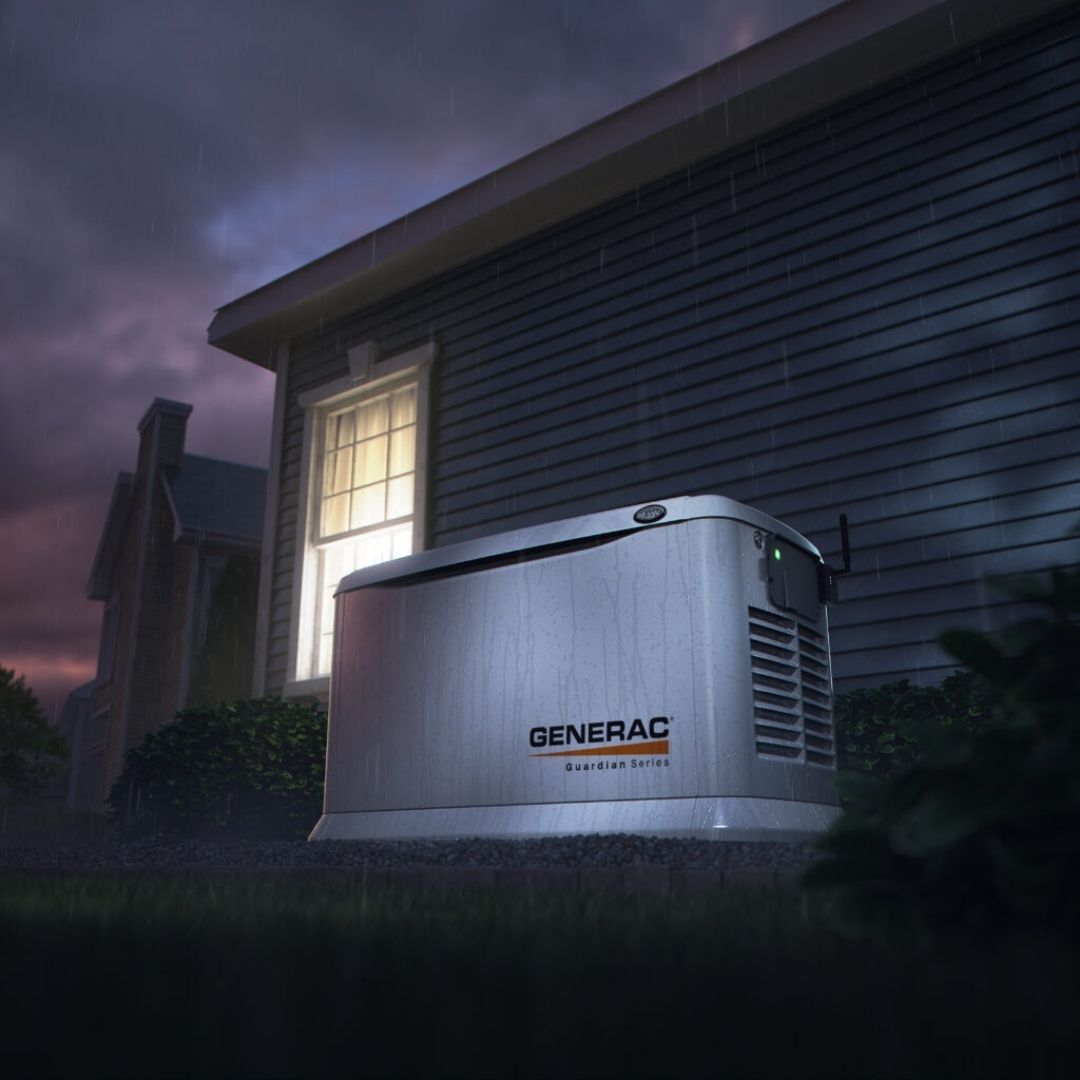Solar Net Metering
Will Solar Panels play a role in the future of residential energy?
Yes, solar panels can play a role in distributed electricity generation in Ontario. Distributed generation refers to the generation of electricity close to the point of use, rather than at a centralized power plant.
Solar panels are a common form of distributed generation because they can be installed on individual homes, businesses, or other structures and provide power locally, without the need for long-distance transmission
Net metering is a program offered in Ontario that allows homeowners with a solar panel system to receive credits on their electricity bills for the excess energy they generate and feed back into the grid.
Under the program, homeowners receive credits at the retail electricity rate for the surplus energy their system generates.

How net metering works in Ontario
The credits can be used to offset the cost of electricity consumed from the grid at other times, such as at night or on cloudy days.
The net metering program in Ontario helps to promote the adoption of renewable energy sources, reduces dependence on non-renewable energy sources, and contributes to a cleaner and more sustainable energy future.
There is also a $5600 Grant available for green home initiatives as well as a $40,000 interest free loan for up to 10 years available to promote solar systems for homes
Recent Posts

Mar. 03, 2024
Can I get paid to have Solar Panels in Ottawa?

Feb. 25, 2024
How much do Electricians cost in Ottawa?

Feb. 22, 2024
Harnessing Solar Power in Ottawa: A Comprehensive Guide to Solar Panels for Homeowners

Feb. 18, 2024
Generac Generators: Powering Peace of Mind in Ottawa

Jun. 10, 2023
Micro Inverters vs DC optimizers
View More